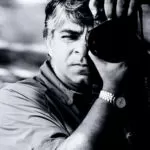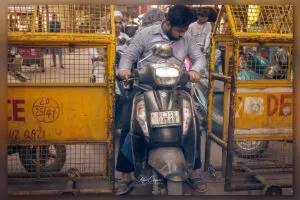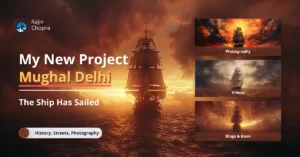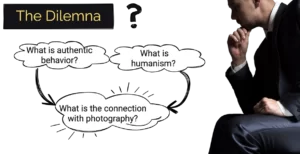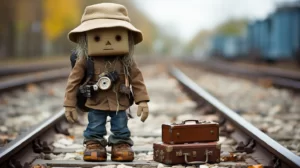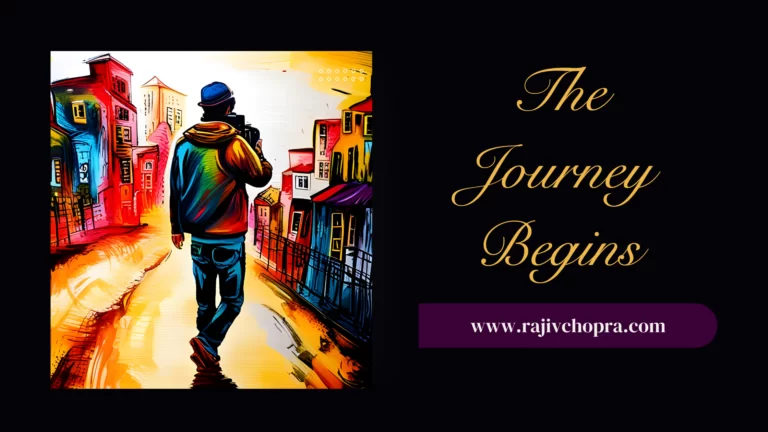
Ten Thousand Deliberate Hours
I want to start with a post to talk about my photography journey. Most people believe photography starts and end with pointing your camera at something and pressing the shutter button. They don’t think about the process and wonder why their photographs are awful. Remember, photography is a journey. The road to mastery begins with a step.
Malcolm Gladwell stated you need ten thousand hours of practice before mastering a field. In theory, he is correct. The rule is simplicity itself but does not tell the complete story. Think of a person who starts on a journey, intending to travel due south. If this person now travels ten thousand kilometres due north, they will arrive at a place twenty thousand kilometres away from their desired destination.
Deliberate practice is a better way of learning. When you combine deliberate practice with the ten thousand rules, magic happens.
In my case, I combined the two, and I will discuss this in later posts. I hope my lessons, falls, and detours will help you learn and become a better photographer.
A Brief Peek into My Journey
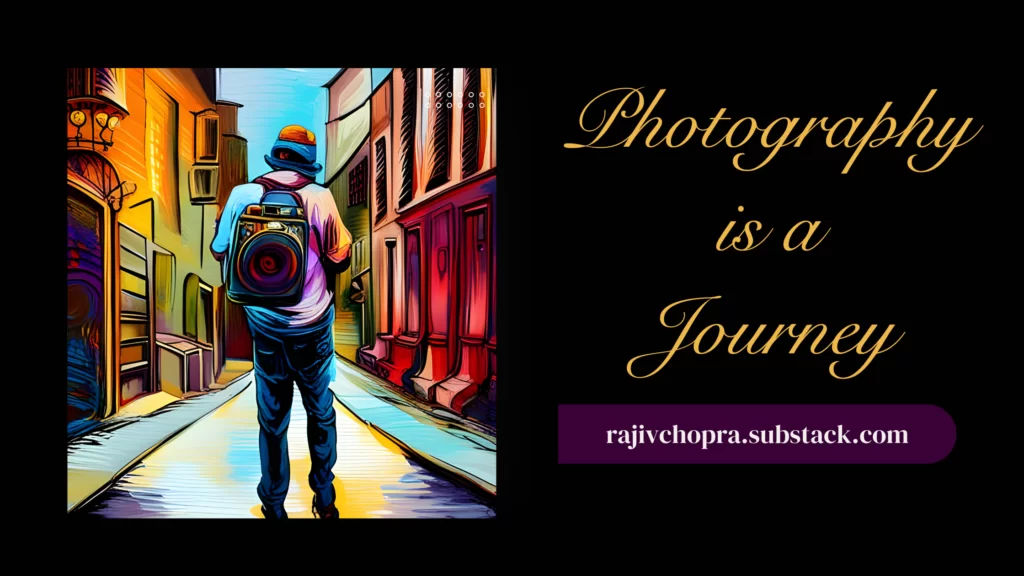
I started with black & white film photography many years ago. My low budget drove me towards black & white film photography, and I fell in love with it. Even today, my brain works best in black & white.
Two factors drove me to ‘street and travel photography’: my lack of money and time. I love landscapes, but I never had the time to go out and explore the vastness of India’s wilderness. My corporate career ensured I was always chasing time. I shot images over the weekends, and all I could manage were trips to the street and a few weekend vacations.
With time, I noticed I enjoyed shooting people. The expressions on their faces and human interaction both fascinated me. This insight took me to portrait photography. I do some architectural work, but it is not my speciality. Let me focus on portrait work for a moment. I discovered I excel at faces, expressions and bringing out people’s character. However, I am terrible at glamour or fashion photography. I am fascinated by fine-art nude photography but have never explored this genre.
When I lived in China, I started doing digital photography. I rebelled against digital photography but now shoot digitally all the time. Yet, I own several film cameras, including two pinhole cameras.
Film photography slows you down, so it is an excellent niche to practice now and then. However, the running cost of the film and processing is high. If you shoot one hundred rolls of film per year, you could buy a new digital camera or a lens. You can shoot one hundred rolls of film on a digital camera at no additional cost.
Digital vs Film Photography
Digital photography is not cheap. First, manufacturers phase out cameras at lightning speed. I bought a Nikon D810 five years back. If I take the camera to Nikon, the people there will tell me I am using a vintage camera. Nikon is phasing out its range of DSLR cameras and focusing on mirrorless ones. By implication, you will need to buy a mirrorless camera body and compatible lenses. The cost can bust your budget.
Second, if you shoot digitally, you must invest in a computer, external hard drives and processing software. You will need to replace your computer every few years, and you must pay an annual or monthly charge to keep your software up to date.
Where am I today on My Journey?
Where am I on my journey? Good question.
I shoot with a digital camera. My main cameras now are the Fujifilm X-T4 and the Fujifilm X100V. I still own my Nikon 810 and a few lenses, but I use it for portrait work. I use the X100V for street photography and the X-T4 for travel and landscape work. If I am on a road trip, I also use the Nikon D810 for landscape work. However, the Nikon is a heavy camera, and I prefer to travel light.
I use Photoshop, the Nik & DXO Software, and the Topaz Labs software. If I want to do a quick edit, I use Luminar Neo.
I do ‘street and travel photography,’ portrait photography, and some landscape work. Now, I cross between colour and monochrome work. In addition, I use my mobile phone often. However, it is not always convenient for street photography.
What does this mean? Along this journey, I learned new techniques. I am now learning about video and audio, which have their challenges. But I will discuss this later.
I am also exploring digital art. And I write.
In conclusion, I want to make a few points.
One, the journey never ends, and the road meanders. You will come across many forks and crossings. It is imperative to introspect before moving on.
Two, you never stop learning. However, don’t study everything. You will waste time and money.
Three, develop your personality and set of styles. But keep developing.
Remember: photography is a journey.

